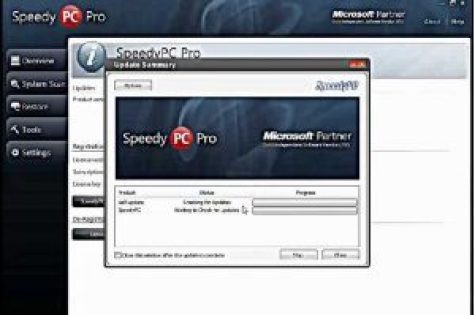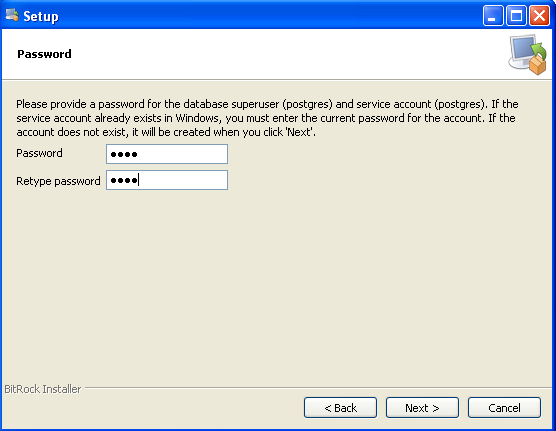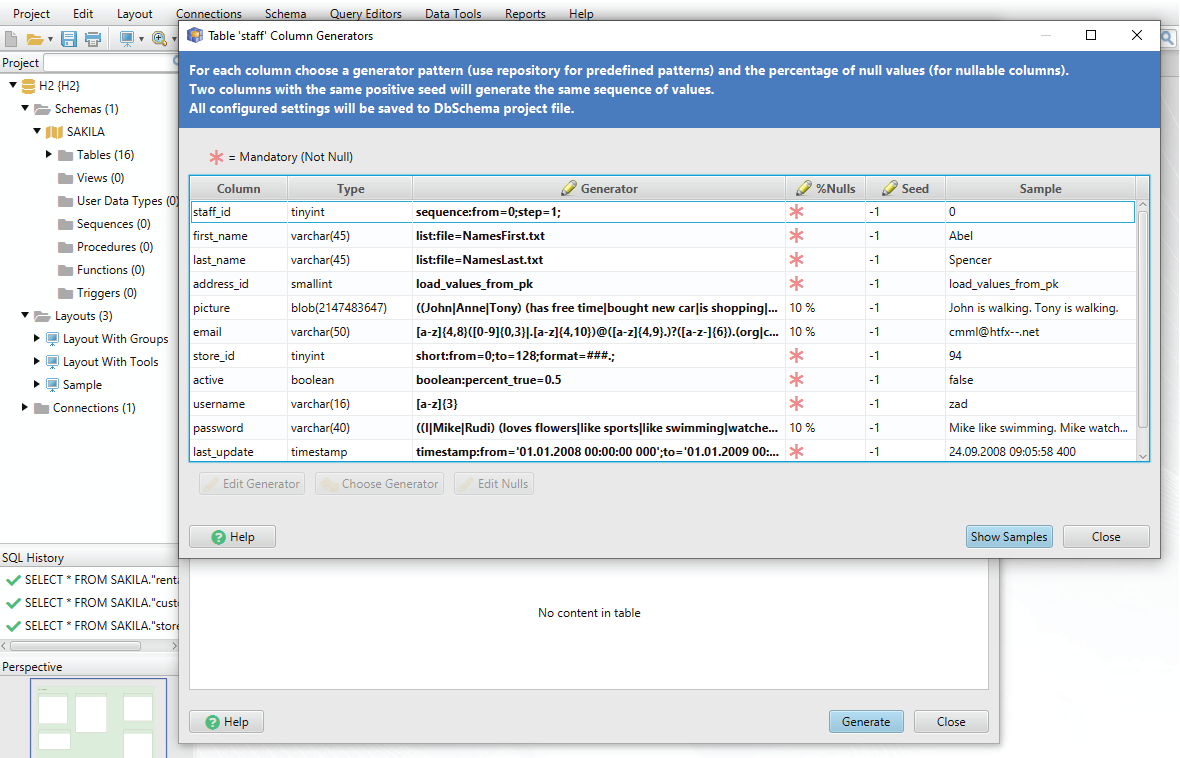


In the Advanced Options select the Generate Insert, Update, and Delete statement, the Use optimistic concurrency, and the Refresh the data table options: In the next window enter a SELECT statement for the Read stored procedure: In the TableAdapter Configuration Wizard choose the data connection and in the next window choose the Create new stored procedures option: Right click in the opened window and choose the Add->TableAdapter option: Select DataSet from the Add New Item window: Right click on the application folder in the Solution Explorer pane and choose the Add->New Item option: Generating CRUD procedures using Visual Studio We’ll use a table Customer to show the implementation of the CRUD operations using the stored procedures:
#Dbschema generate sql update#
To update the database schema after adding CRUD procedures, first identify the database entity for which the CRUD methods will be implemented.

#Dbschema generate sql code#
Decouples the SQL code from the other layers of the applicationīy removing the SQL statements from the application code, all the SQL can be kept in the database and nothing but stored procedure invocations in the client application. If the execution plan doesn’t exist which is the case with the ad-hoc SQL statements, SQL Server will generate a new execution plan for the query. When any SQL statement is executed in SQL Server, the relational engine will first look through the procedure cache to verify that an existing execution plan for the specified SQL statement exists and reuse any existing plan, saving the overhead of parsing, optimization, and recompiling steps for the SQL statement. There are several reasons for using stored procedures to perform CRUD operations instead of ad-hoc SQL statements: PerformanceĪfter the first execution of a stored procedure, the procedures execution plan is stored in SQL Server’s procedure cache and reused for all following invocations of the stored procedure. The stored procedures approach foregoes these SQL statements and uses only the EXECUTE statement on stored procedures. The communication between two layers could be in the form of ad hoc SQL statements such as INSERT, SELECT, UPDATE, and DELETE. CRUD represents an acronym for the database operations Create, Read, Update, and Delete. The Data Access Layer communicates with the Data Storage Layer to perform CRUD operations. The Data Access Layer is client code written in a language such as C#, VB, VB.Net, Java, PHP etc. The Data Storage Layer consists of SQL Server and database objects. getquill.A typical N-tier application design contains of the several layers from the client (Web or Windows), to the Business Logic Layer, to the Data Access Layer, and finally to the Data Storage Layer.


 0 kommentar(er)
0 kommentar(er)
